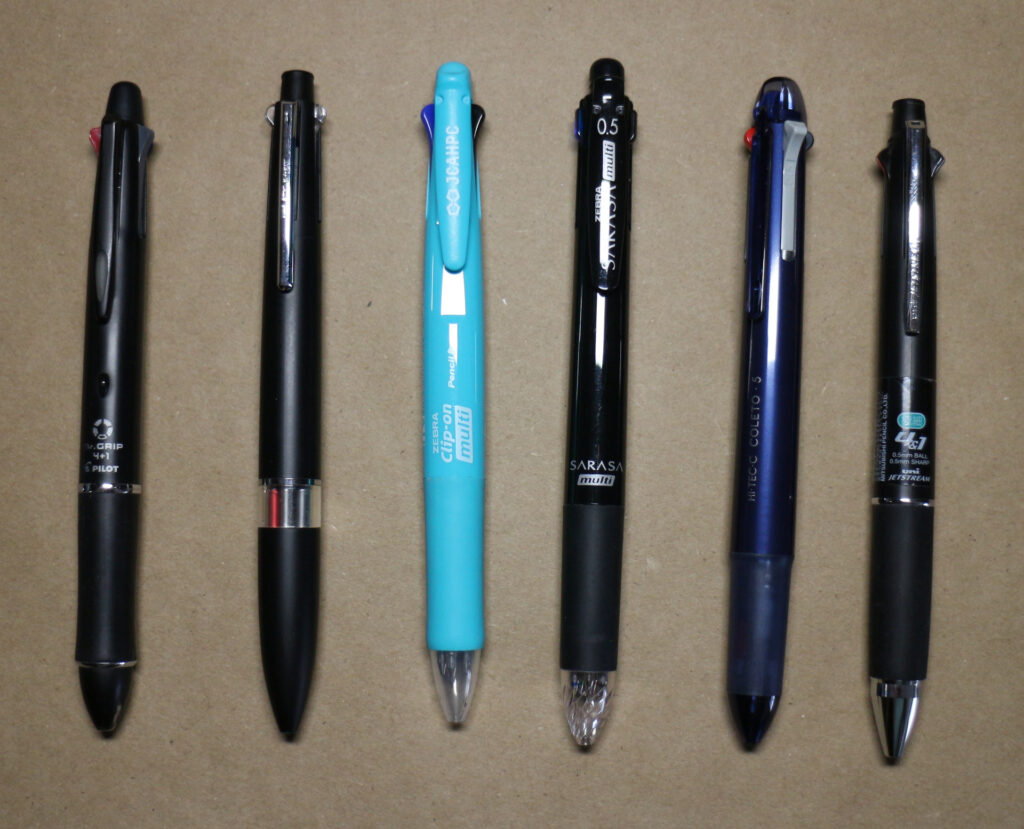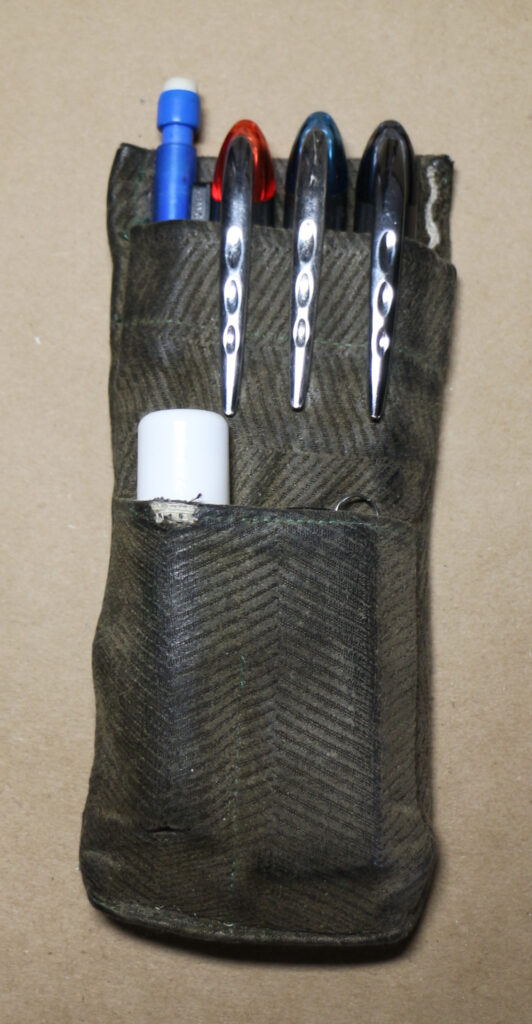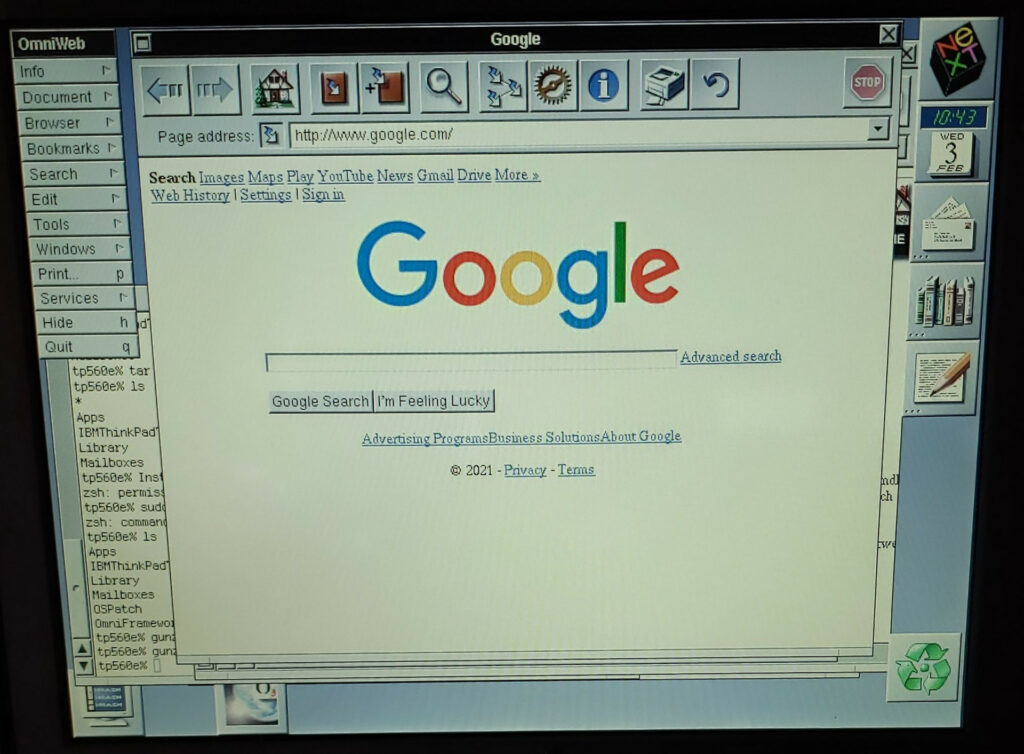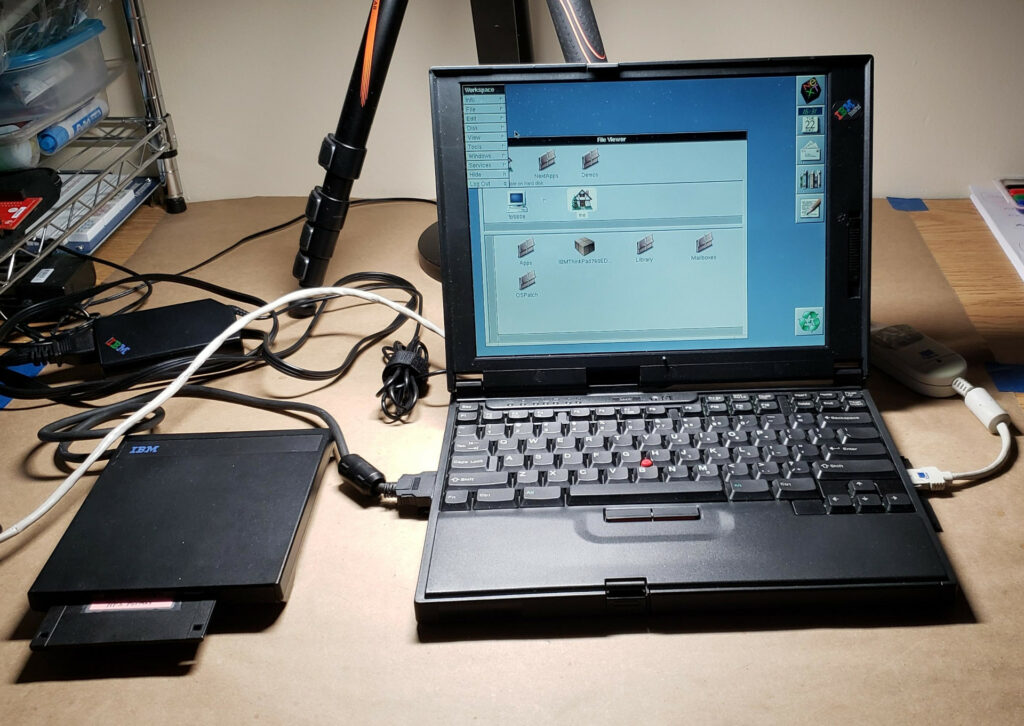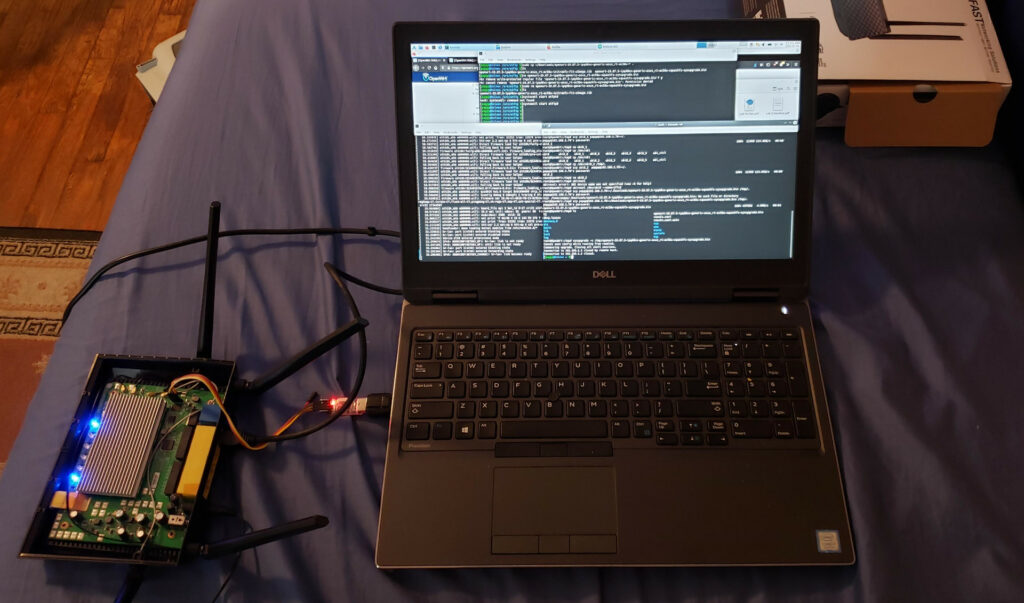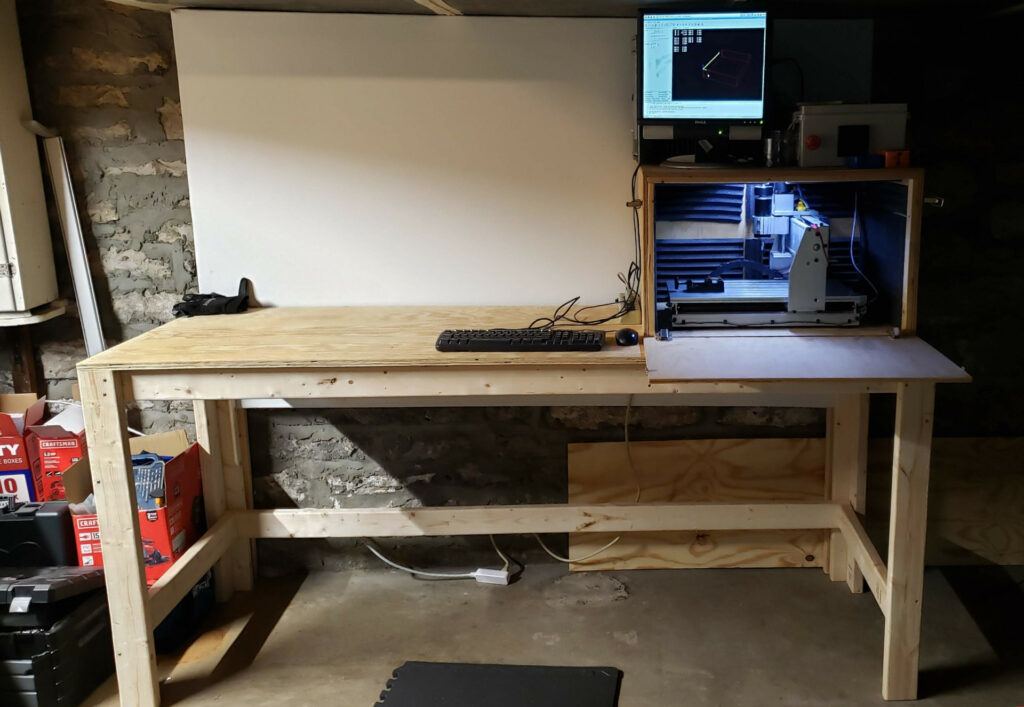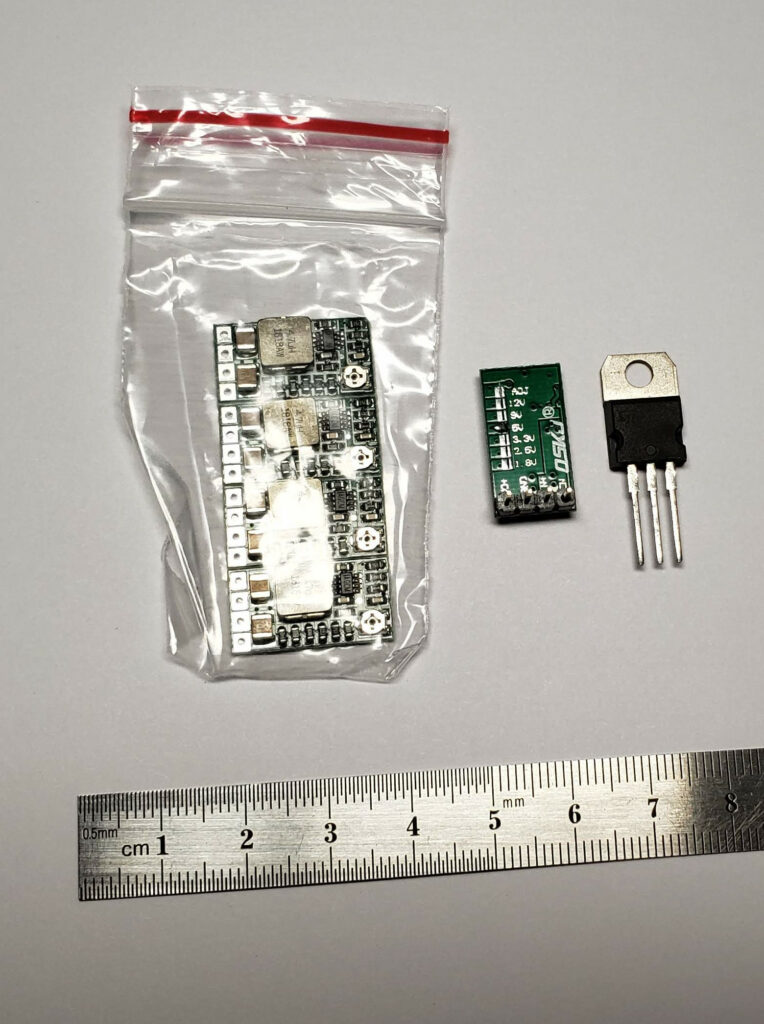I got one of the free-with-YouTube-Premium Stadia Premiere kit + Pro trials just out of curiosity (since I’m waiting to cancel until Play Music actually stops working, and why say no to $100 of free toys), and after playing for it for an evening, while I’m very technically impressed … I’m completely baffled as to why anyone would pay for this thing, or especially “buy” individual games on it.
It is fast and surprisingly responsive, and the (insane) distributed “phone or computer + controller + Chomecast all talk to the internet and also to Bluetooth and manage to stay in sync” wizardry is an amazing technical achievement, as is the low-latency, reasonably low-artifact streaming.
…but the subscription/rental library is tiny, expensive, and non-portable. It sucks a massive amount of bandwidth (it seemed to be holding at about 20-25Mbit/s down during my AAA test). The fact that I need a minimum of three independent devices (since you can’t do most of the configuration or library management with the controller + Chromecast) to play on the TV is awkward, and the layers of account management and device syncing are pretty wonky for a single user, I can’t imagine dealing with it in a multi-user household.
I played a little bit of Celeste (as an input lag test; it was not half bad, though playing it on a controller is not my preference), a little bit of Hitman (To see how heavy duty graphical games would do), and a little The Gardens Between (hadn’t played it, in my Pro trial, looked neat) – and they worked, but nothing about the experience was particularly compelling.
The whole free-kit-for-Premium-subscribers thing feels like a desperate attempt to dump their hardware stock to build enough user base to recoup the back-end costs for another doomed Google product that will die as soon as the current back end ages out and the workforce moves on to career-advancing shiny new things – after Buzz, Reader, Plus, Play Music, the steady churn of ever-worse chat tools, and half a dozen other products that were useful enough to take all the air out of a market before being unceremoniously dumped Google has lost all credibility for paid rentals or ecosystem investment.
All the freebie premiere kits are going to be Goodwill gold in a couple years though – the controllers are decent (Not $70 decent, but decent) and seem to work as normal HID devices, and there are two nice USB power bricks with cables in there.


